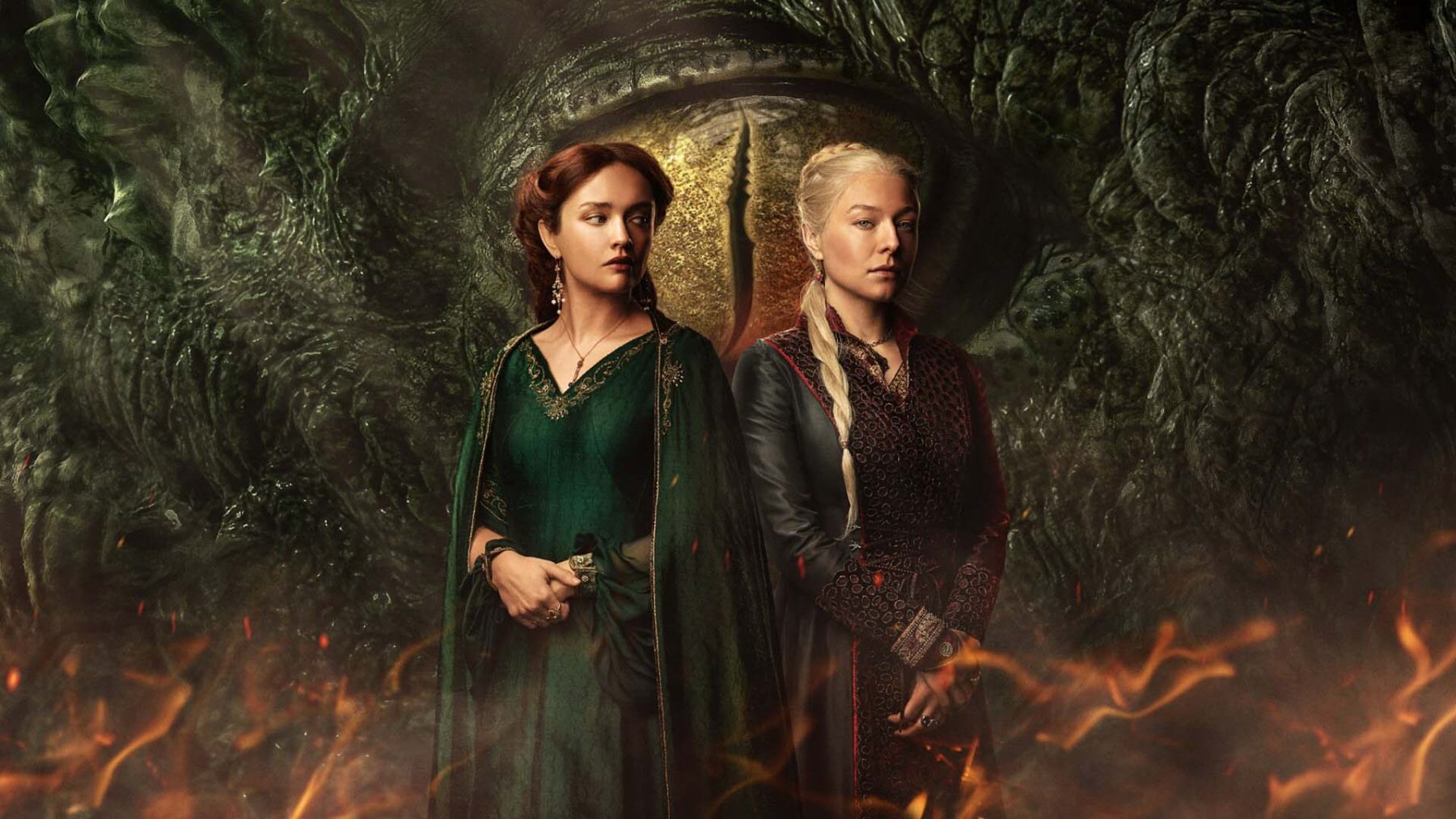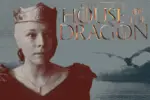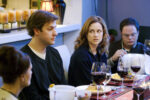CW: Sexual violence/rape
“House of the Dragon” is a prequel to one of the most popular television shows of all time: “Game of Thrones”. The show takes place approximately 200 years before the events of “Game of Thrones,” and rather than following multiple plot lines across families and landscapes, focuses exclusively on the Targaryen family. Both series are based on the novels “A Song of Ice and Fire” by George R. R. Martin, who expressed his love for the new series in a blog post where he stated that the series was “all [he] hoped it would be.” “Game of Thrones” won a multitude of awards during its run, including 59 Emmys, three Hugo Awards, a Peabody Award and five Golden Globe nominations. The show continues to be immensely influential in media and popular culture and is widely considered to be the best series on HBO, if not of all time.
Despite its massive fanbase and critical acclaim, “Game of Thrones” was not been immune to criticism. A hallmark of the show is that anything can happen at any time – in one of the most famous scenes, the “Red Wedding”, multiple characters are killed off in minutes. Nevertheless, while violence serves to spur revenge and add complexity to the show’s characters, critics argued that the series also included lots of “violence for the sake of violence,” calling the gratuitous bloodshed an example of “cartoonish nihilism.” The greatest criticism of “Game of Thrones,” however, is the treatment of women in the series. Nudity is frequent, and in the first season 88% of the naked characters depicted are women. Additionally, the depictions of female nudity are almost exclusively sexual, whereas male nudity is rarely depicted as sensual in nature.
The most serious condemnation leveled against the show is the prevalence of sexual violence, especially rape against women. Each scene is painful to watch and extremely triggering for certain viewers, and many of these scenes are changed from the books, causing many to question why depictions of rape are necessary to the plot. For example, fans were outraged by the rape of one of the show’s main characters, Sansa Stark, which was not included in the books. The scene is also framed around the pain experienced by the male character who is forced to watch, not the pain suffered by the actual victim, leading one critic to conclude that the “show doesn’t really seem to understand or care about the pain it inflicts on women.”
In stark (pun intended) contrast, the creators of “House of the Dragon” have made it clear that they plan to depict far less sexual violence and portray sexual scenes through the point-of-view of female characters. Writer and executive producer Sarah Hess explained that they still intend “to focus on the violence against women that is inherent in a patriarchal system” but this time without the inclusion of triggering visuals. Show co-runner Miguel Sapochnik explained that violence against women “shouldn’t be downplayed and it shouldn’t be glorified.” One excellent example of the contrast between the two shows in regards to sexual violence occurs in Episode 8. After her son Aegon rapes a young servant girl, Queen Alicent pays her handsomely to keep the incident quiet, but also comforts her. She insists that it isn’t her fault and gives her tea to prevent pregnancy. The decision to not portray the rape on-screen, as well as the emphasis on the suffering of the victim and the consequences suffered by the rapist, is a refreshing change from the original series.
The inclusion of women in the creative process of the show undoubtedly contributed to the less harmful treatment of women and less incorporation of sexual violence. In the nine years that “Game of Thrones” ran on HBO, only one female director was hired. In contrast, women have directed four of the ten episodes in the first season of “House of the Dragon” alone. The show’s co-creators Ryan Condal and Miguel Saponchnik expressed that they wanted any instances of sexual violence to “really have a point behind it, to have a very compelling story reason and not to be there to simply titillate.” Additionally, the prequel has far less “sexposition“— instances where sex and nudity would appear in the background of otherwise dry context-driven scenes.
“House of the Dragon” has proven to be an incredibly successful prequel to one of the most famous shows of all time, which is a remarkable feat in itself. Additionally, the show’s creators have dedicated themselves to treating women more respectfully by replacing scenes of women being objectified and assaulted with scenes depicting women exercising agency. By learning from the criticisms leveled against the show’s predecessor, “House of the Dragon” has preserved the drama and intrigue of “Game of Thrones” while making the show more enjoyable for viewers of all genders and backgrounds.

















